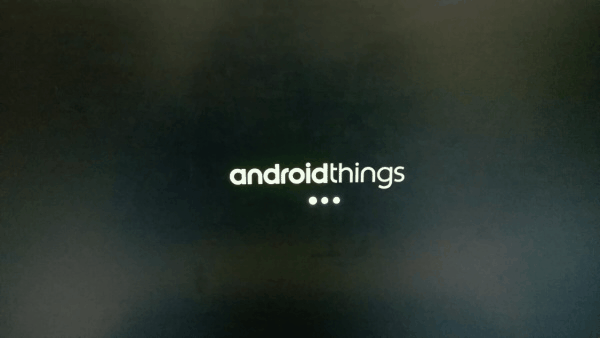RancherOS
Containers in general and Docker Containers in particular are becoming popular everyday mainly because they allow us to have a componentized environment to run the applications and host them on premises or in cloud seamlessly. Containers are portable and simple; vendors are adding new features to allow us to create scalable container environments. Containerizing a simple application following Micro-Service Architecture and then making it scalable and high available; things become complex very quickly; managing and running these application becomes daunting. “Container Orchestration Tools” becomes necessity for Production Environments. These tools provide multi-host / cluster aware container manageability, assist in mitigating security and networking issues and provide services that are needed to scale the applications.
Visual C++ for Linux Development
Visual C++ for Linux Development is the Visual Studio 2015’s extension by Microsoft that lets us write C++ code in Visual Studio for Linux machines and devices. It connects to the machine or device over SSH and uses machine / device’ g++, gdb and gdbserver to provide compilation and debugging experience from within Visual Studio. After installing the extension; it adds Linux Connection Manager into Visual Studio’s Options dialog through which we manage the SSH connections to Linux machines or devices (ARM also supported). It also adds the project types; currently there are three; Blink (Raspberry), Console Application (Linux) and Empty Project (Linux). You can write the C++ code using Unix headers and libraries. For intellisence / removing red squiggles; you will need to download the header files (using PUTTY’s PSCP) to the development machine and add that folder in the project properties’ VC++ Directories section
GlusterFS Volume as Samba Share
We made Docker Container using a Dockerfile in the GlusterFS post that can mount a GlusterFS volume (running on Raspberry Pis); lets extend our Dockerfile and add Samba Server to expose the mounted directory as Samba Share so it can be accessed from Windows. For this we need to add these additional lines into the Dockerfile
GlusterFS
GlusterFS is a scale-out network-attached storage file system that has found applications in cloud computing, streaming media services, and content delivery networks. GlusterFS was developed originally by Gluster, Inc. and then by Red Hat, Inc., as a result of Red Hat acquiring Gluster in 2011, says the Wikipedia. Its a distributed file system that we run on multiple hosts having “bricks” that hosts the data physically (on storage); the nodes communicate with other (peers) and we can create a volume across these nodes with different strategies; replication in one of them if chosen data will get stored in bricks of all contributing nodes acting like RAID 1
